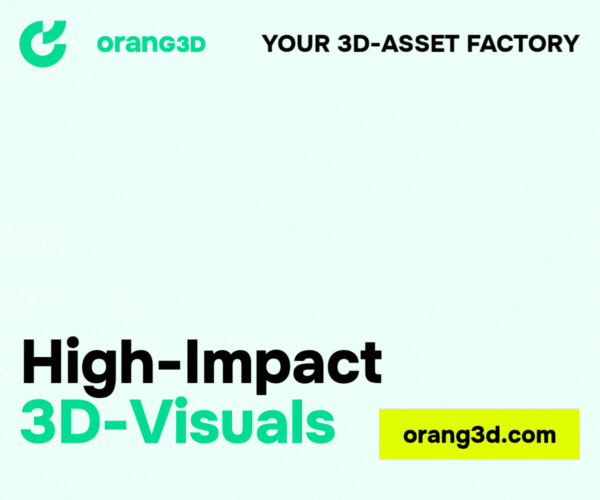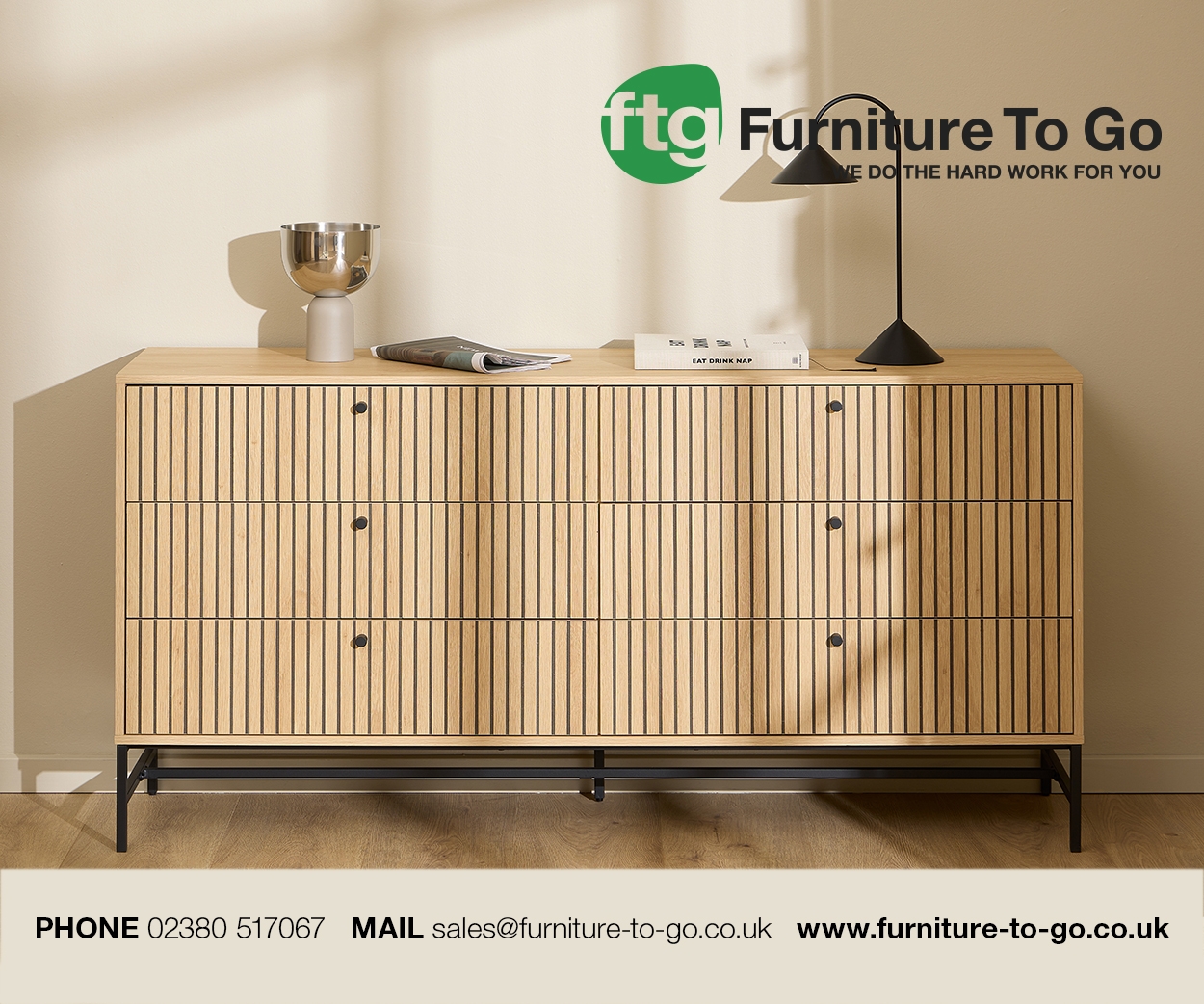Leigh Caldwell draws from his new book on pricing psychology to show why giving a customer a little more time to pay can encourage them to spend a lot more money …
The price a customer is willing to pay for a product reflects – among other things – the value they get from it. This makes the purchase of furniture an interesting challenge. The customer gets continual use from the object over many years, but usually they are asked to pay for it all at once. When your customer pays for a table or bookcase, you’re asking them to estimate all the future benefits they will accumulate over the lifetime of that object and hope that it exceeds the price you ask.
However, your customers probably aren’t any better at predicting the future than economists or weather forecasters. They can’t accurately imagine the experience of owning and using this object over the next 10 years, so they focus only on the next few months. That means the value they are willing to pay for is only based on the short-term benefit, and not the whole product lifetime.
This isn’t news to furniture sellers, of course – interest-free credit is one of the things the industry is most famous for. The reason those schemes are so successful is partly economic – the customer might simply not have enough money in their bank account to pay up front – but mainly psychological. If the customer gradually gains value from the purchase over a long period of time, it is better for you – and for the customer – to ask them to pay gradually over a long period too.
There is something deeper going on here, though – something more visceral. The act of shelling out money for a product causes a customer to feel an experience very like physical pain. Brain scans reveal that the same brain region is activated when a person thinks about paying out money as when they are given a painful electric shock. Maybe it’s not surprising that people resist paying out cash.
What is the most profitable way to soften the blow? How long should your payment terms be and how should you structure them?
First, consider the likely path of pleasure or utility that your customer will gain from the product over its lifetime. Below is an example of what that path might look like for a durable purchase such as a bookcase, a computer or a sofa. Much of the benefit is intangible – for instance, the excited feeling when the product is first delivered to their house and they see it in their living room for the first time.
"Brain scans reveal that the same brain region is activated when a person thinks about paying out money as when they are given a painful electric shock. Maybe it’s not surprising that people resist paying out cash"
Based on this, payment should ideally happen only after the customer has had a high point in their experience of your product. These high points stay in their memory and dilute the pain of paying.
When deciding how to schedule the future payments, it turns out that the length of payment period doesn’t matter so much as the length of the initial interest-free period. People don’t feel that same pain of paying when it’s more than a few months away.
This is due to a psychological phenomenon called hyperbolic discounting. What this means is that it makes things a bit easier if the customer can pay in 14 months instead of 12 – but it makes it a lot easier if they can pay in two months instead of right away. That two-month delay makes much more impact on the immediate pain than it does to the projected pain of next year.
So, rather than asking for the first payment of your 36-month instalment plan on the day of purchase, allow a grace period of three months and start the monthly instalments after that. If your margins will allow you to wait 12 months for the first payment, even better – because most consumers, if they have a budget at all, will only budget one year at a time. After all, they might have a pay rise by this time next year – in which case the monthly payments for their new sofa will come out of the pay rise and they won’t have to cut their monthly expenditure at all.
It’s about deferring the pain of payment. For £899 out of my pocket, I can probably live with that old sofa for a bit longer. But for £38 a month over three years – with the payments not even starting for two months – why not indulge in a bit of luxury now? After all, it’s been a hard week and I’d just love to sink into that new sofa with its fresh smell while I load up a DVD and a glass of wine.
Of course, £38/month turns out to be 50% more than £899, so you make a lot more money – and even the few customers who do this arithmetic, or pay attention to the APR figures, are still affected by this emotional power.
One final tip – people are much more willing to upgrade to a more expensive purchase when they are paying later than if they are paying now. When you are speaking to a customer about instalment plans or interest-free credit, it is an ideal time to upsell them to a premium product.
Leigh Caldwell is the author of The Psychology of Price, a guide to using price to increase demand, profit and customer satisfaction, published by Crimson and available from Amazon and all good booksellers. Leigh is the founder of Inon, a leading pricing consultancy.











